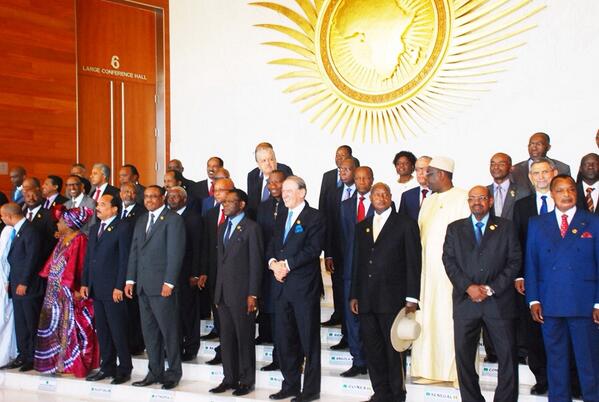Latest figures indicate that 49 out of the 55 African Union (AU) member states have signed a Continental Free Trade Area (AfCFTA) agreement.
AfCFTA is designed to create a single continental market for goods and services, with free movement of business persons and investments and acceleration of the establishment of the Customs Union.
The agreement presented in Kigali for signature in March last year is expected to expand intra-African trade through better harmonisation and coordination of trade liberalisation, facilitate instruments across the regional economic communities and across Africa, enhance industrial competitiveness and utilise opportunities for scale production, continental market access and better resource reallocation.
However, only 12 countries have ratified the agreement such as; Ghana, Kenya, Rwanda, Niger, Chad, Guinea, eSwatini, Uganda, Ivory Coast and most recently, South Africa, Mauritania and Republic of Congo – and an additional six countries have received parliamentary approval for ratification – namely Sierra Leone, Mali, Namibia, Senegal, Togo and Djibouti. We have given
All ratifications approved and deposited now stand at 18. 22 of the signatory states are needed for it to come into force.
Once into force, it will be the largest in the world in terms of participating countries since the formation of the World Trade Organisation (WTO).
It is poised to boost intra-African trade by 52.3 per cent by eliminating import duties and doubling trade if non-tariff barriers are also reduced.
If all AU member states ratify AfCFTA, they will certainly broaden their national economic horizons and strengthen their regional groupings.
African leaders have also approved an action plan on boosting intra-Africa trade (BIAT), with seven priority action clusters: trade policy, trade facilitation, productive capacity, trade related infrastructure, trade finance, trade information and factor market integration.




